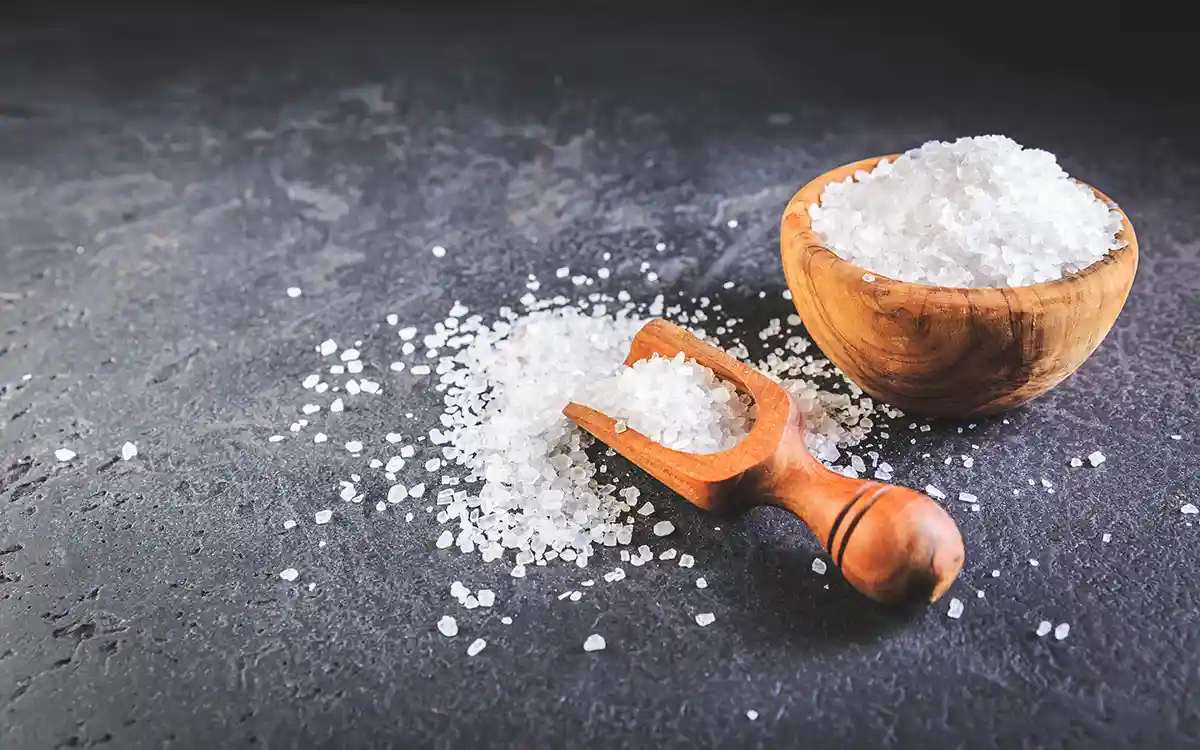1. What is salt and sodium?
Salt, also known as sodium chloride, contains about 40% sodium and 60% chloride. It is used to add flavor to food and as a binder and stabilizer in cooking. It also acts as a food preservative, as it prevents the growth of bacteria in food products.
2. The role of sodium in the human body
Salt is necessary for the transmission of nerve impulses and for the proper functioning of muscles. It also has a key role in controlling water and mineral balances in the body, which is critical to the health and overall performance of the body.
3. Recommendations for sodium consumption
- It is recommended not to consume more than 1500 mg of sodium per day to prevent negative health effects.
- Excessive consumption can lead to problems such as high blood pressure and heart damage.
4. Types of salt and sodium content
Fine salt such as sea salt has a higher sodium content than coarse salt such as kosher salt.
5. The association of sodium with chronic diseases
Excessive sodium consumption has been shown to be associated with an increased risk of cardiovascular disease and high blood pressure. Sodium is one of the key factors that contribute to an increase in blood pressure, causing an increase in blood volume and increasing the load on the blood vessels. Processed foods, such as breads, convenience foods, processed meats, and baked goods, comprise most of the sodium we consume.
This causes overall sodium intake to be much higher than is recommended for good health, including the Low Sodium Intake Guidelines and the maximum levels recommended to reduce the risk of chronic disease.
6. Content and categories of salt
Sea salt and table salt are two of the most commonly used types of salt on the market. Sea salt is extracted from the evaporation of ocean water and contains mainly sodium chloride, sometimes also small amounts of other minerals such as potassium, zinc and iron, depending on the place of production. This salt, due to more limited processing, may have a thicker taste and contain more natural impurities from the ocean.
Table salt, on the other hand, is obtained from underground salt deposits and is intensively processed to remove impurities and trace amounts of minerals. It is usually supplemented with iodine and may contain other treatment agents to prevent piles from forming. Pink Himalayan salt and kosher salt have special features in use and mineral content.
7. Defined benefits of low salt consumption
Reducing sodium intake below recommended levels can lower the risk of chronic diseases.
8. Effect of sodium on mineral balance
Sodium and potassium have opposite effects on the body and affect heart health and blood pressure.
9. The importance of balance in the daily diet
Choosing foods that are high in potassium and low in sodium can help maintain a healthy balance.






